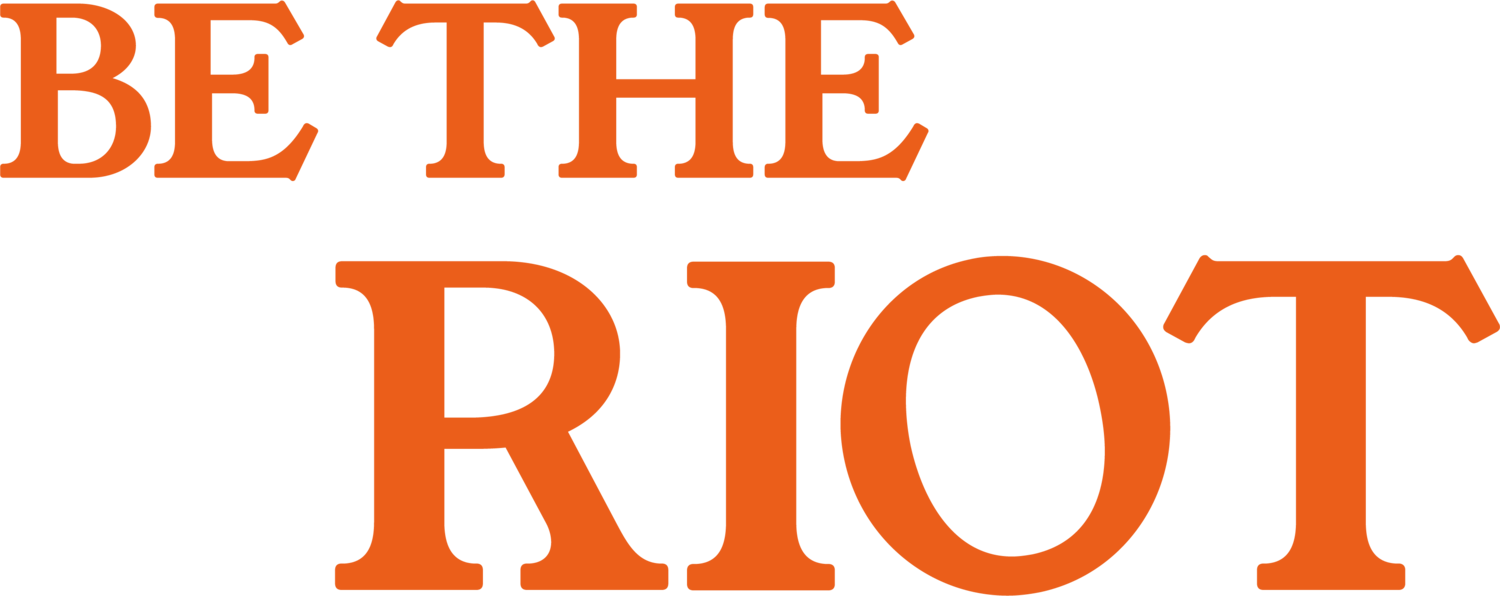Employee Network Groups: Less divisive and more intersectional
People often challenge the idea of having separate employee network groups such as a women's group, an LGBTQ+ group, a race and culture group or group for Black employees or BAME and so on. They challenge the idea by saying:
1) having separate groups leads to division
2) these separations don't support intersectional identities (people who fit into multiple groups) e.g. I'm Black and gay and therefore must choose whether I want to be part of the Black employee group or the LGBTQ+ group.
We shouldn’t treat network groups as the only solution to inclusion but they do help to create inclusive culture. They can have a huge impact but they also have their limitations. I agree that division and overlooking intersectionality are two very real challenges.
Avoid division and embrace intersectionality
Putting structure in place to ensure that network groups work together is a good place to start. The network chairs should meet regularly to plan initiatives that they can collaborate on. The D&I lead or senior leadership can plan for these collaborations at strategy level, so it’s not simply left to chance. Joint events, campaigns and other initiatives also create more opportunities to represent those with intersectional identities.
Ensure all network groups are being fairly supported. And that they don't have to compete for budget and resources! If one network group appears to be getting more funding or more airtime than others, it can send a message that certain underrepresented groups take priority over others. Groups that lack experience and groups that lack membership should be supported to develop and grow. It also helps to set clear expectations on funding, keeping things transparent.
Network groups aren't naturally inclusive havens! Focus efforts to make sure that each group is representative and inclusive of diverse voices. They should aim to reach members from all backgrounds and welcome ideas from everyone. From time to time, attitudes and behaviours will need to be checked too. Have groups write up charters or code of conducts that reflect the company’s ethos. Take a zero tolerance approach to anything inappropriate.
Or lose the separate groups
Another option is to shut down all the separate groups and introduce one “Diversity & Inclusion” group that aims to focus on every aspect of diversity...
In small companies, this makes sense simply because of numbers. In larger companies, this will most likely lead to the most underrepresented being overlooked. 'All inclusion' initiatives can really struggle to represent the more nuanced challenges faced by those groups. This could result in failing to educate and raise awareness in a meaningful way that’s truly representative.
Groups like this can work well if there’s structure in place to make sure all voices are heard. It may sound obvious but having meeting agendas that remind people to discuss issues relating to each key diversity strand in turn. Also, assign reps for the different employee groups you want to support and set clear goals.
Be representative, be flexible and let groups be organic
For me, not being able to attend both the Black group and the LGBTQ+ group isn't the end of the world. I'm leaving out the fact that I'd also be interested in the Mental health and wellbeing group! I can deal with them being separate as long as within all of those spaces, I am welcomed and feel that my voice and experiences are being represented.
Employees have all kinds of commitments and will engage with network groups to varying degrees. For me, this could look like attending all of the Black employee group meetings, while occasionally going to LGBTQ+ group events and connecting with the Wellbeing group's campaigns online. And then at any point, I may choose to switch it up.
I think we're okay to keep the separate network groups. Wherever employees feel there's a need for a specific group, one should be created. Done in a way that’s organic but also well structured and supported by the company.
